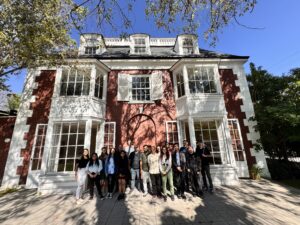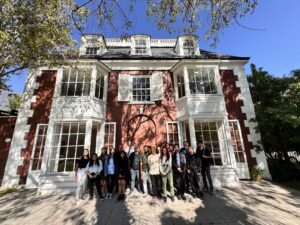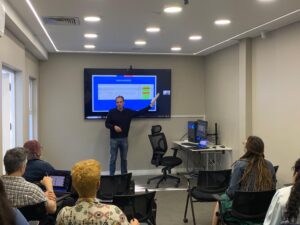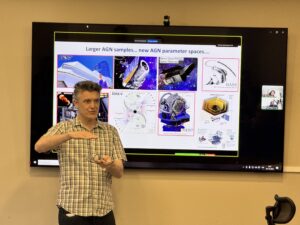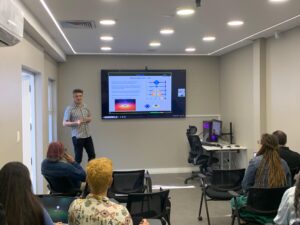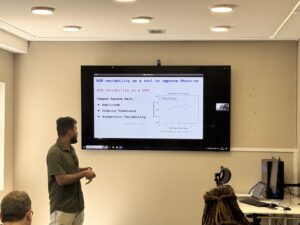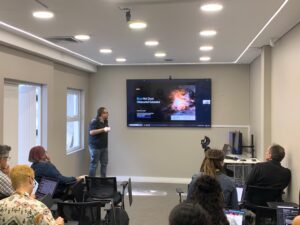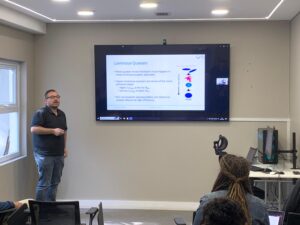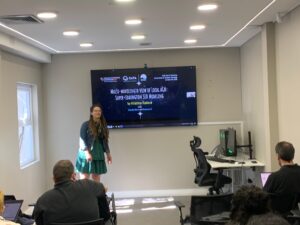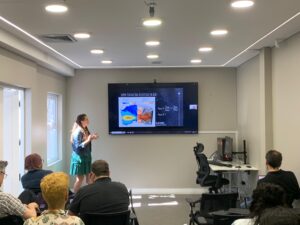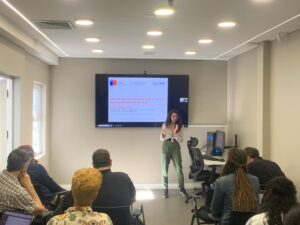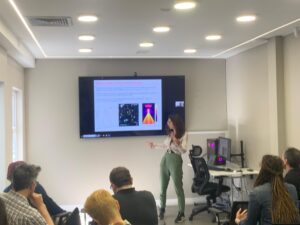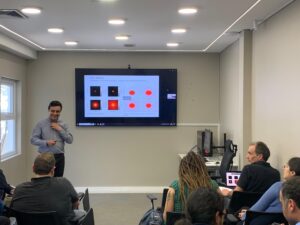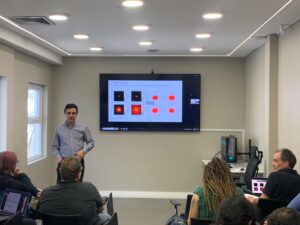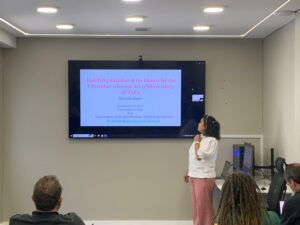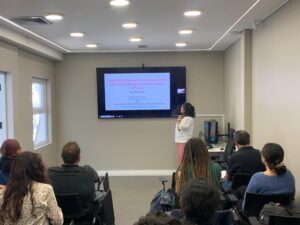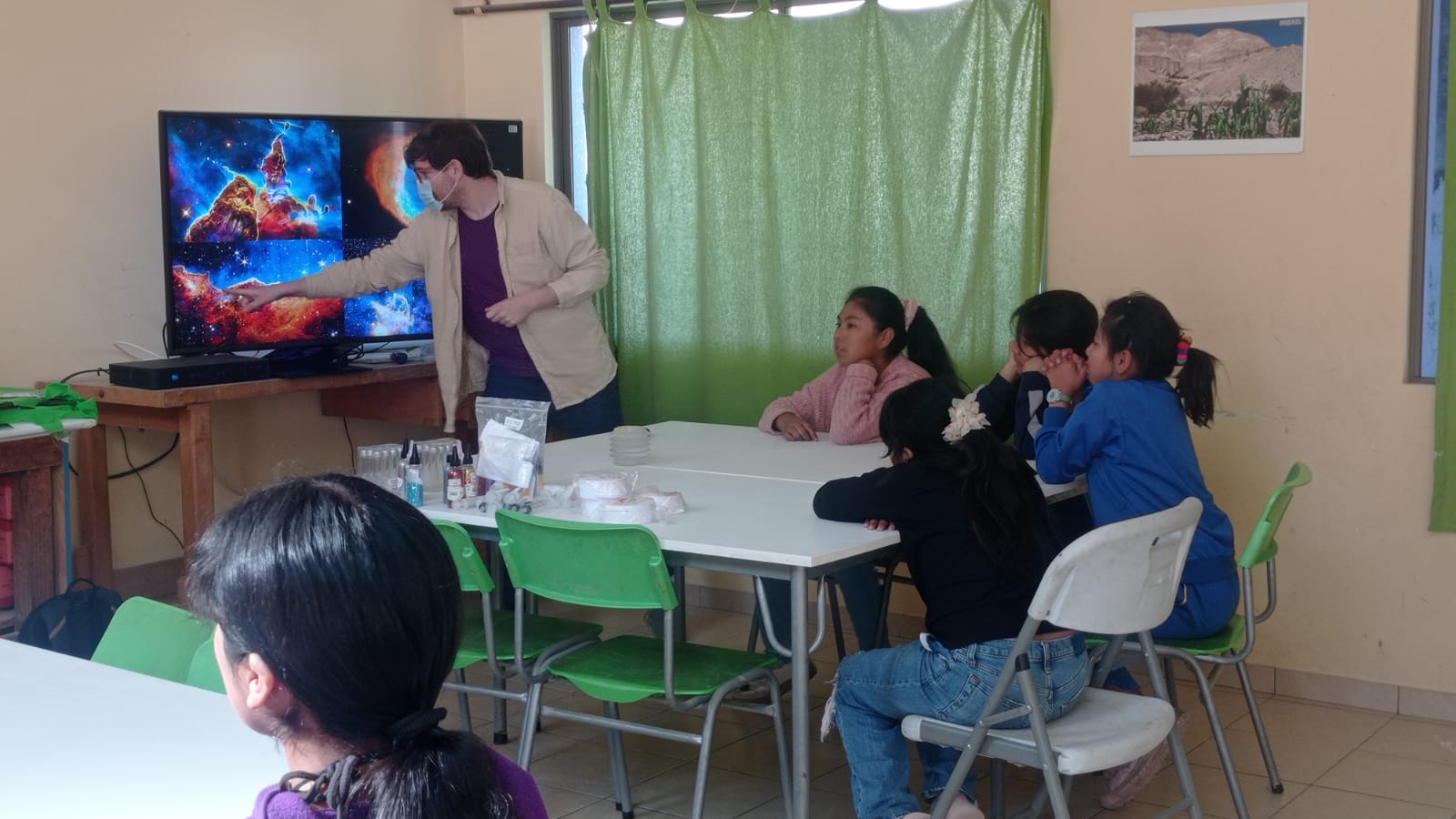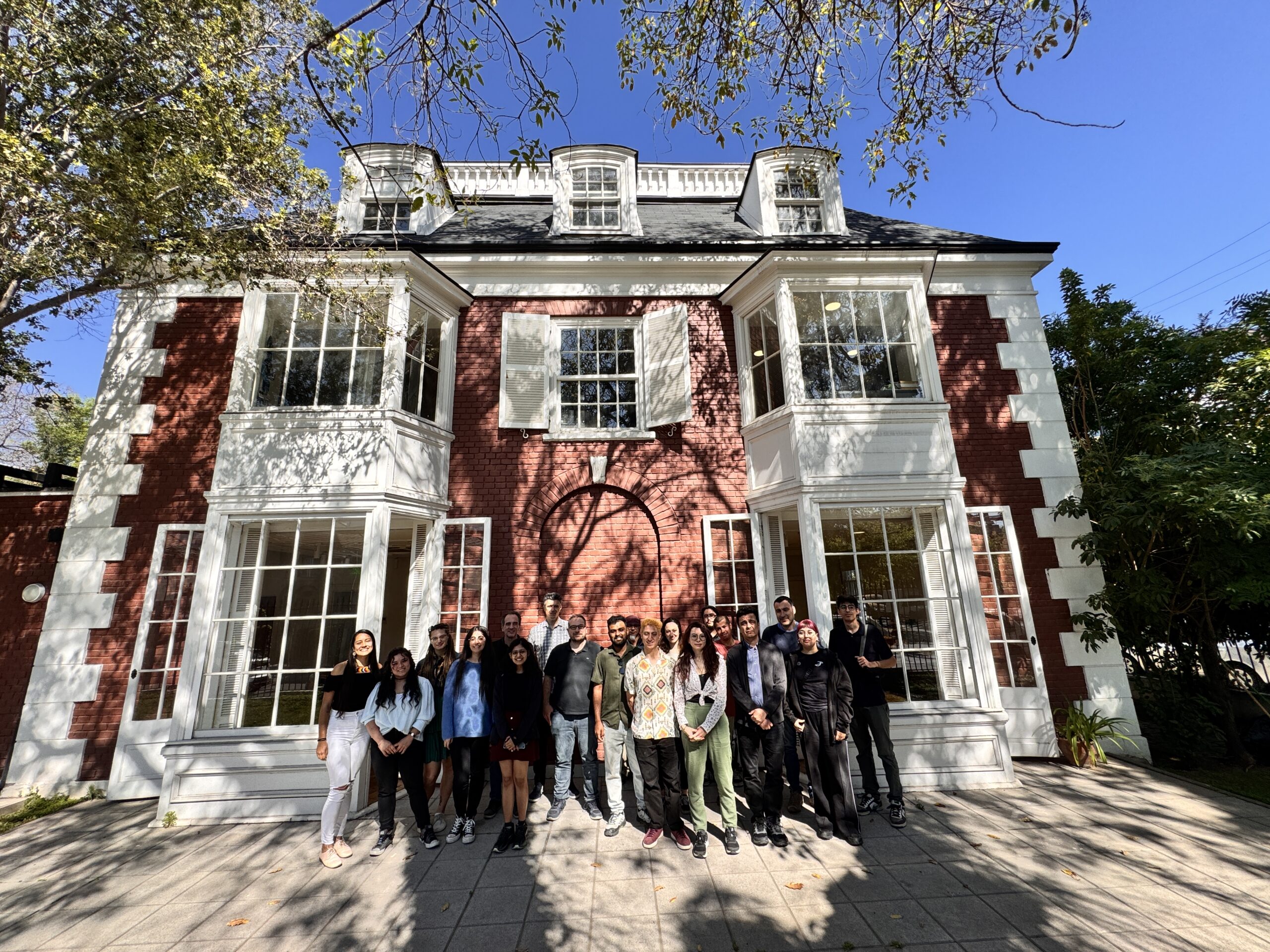
Researchers from Area 2 of CATA hold annual meeting to plan for the next five years
The meeting, held at the Santiago campus of the Universidad de Tarapacá, aimed to discuss advances in the field of Supermassive Black Holes and Energy Phenomena, looking ahead to the Center's next five years.
Researchers from Area 2 dedicated to the study of Supermassive Black Holes and Energetic Phenomena at the Center for Astrophysics and Associated Technologies – CATA (ANID’s Basal Center) met to analyze the progress made in recent years and outline the scientific and strategic challenges that will shape the institution’s course over the next five years.
The meeting, held at the Universidad de Tarapacá in Santiago, aimed to provide an update on the work carried out, share the most relevant progress in the study of supermassive black holes and high-energy phenomena, and define the lines of action for a new stage of the Center.
“The goal is to update the work that has been done over the past year, all the research and new developments. But in particular, we are very focused on preparing for the renewal of CATA over the next five years,” explained Ezequiel Treister, Principal Investigator at CATA and academic at the Universidad de Tarapacá (UTA).
During the last period, the area contributed to the creation of nearly 200 scientific articles, consolidating its international leadership in understanding the growth and formation of supermassive black holes. The area’s work has integrated observations made with state-of-the-art instruments and the main telescopes installed in northern Chile, in addition to preparing for the use of new astronomical facilities.
“What lies ahead in the near future, particularly the combination of Vera Rubin, Euclid, 4MOST, MOONS, and other instruments, means that in the next five years we expect to make a large number of discoveries, hopefully very revolutionary ones,” added Ezequiel Treister.
Engagement with the environment and international collaboration
Chiara Mazzucchelli, Adjunt Researcher at CATA and President of SOCHIAS, highlighted the Center’s commitment to scientific excellence and the dissemination of knowledge, as well as its vision for a future marked by the use of new instruments and the strengthening of ties with other institutions.
“I hope that in the next five years we can take advantage of the large number of new instruments that are coming or are already installed in our country. We also aim to strengthen ties with the environment and technology transfer. We hope to continue strengthening the important ties that exist between our different societies, in order to continue promoting the development of astronomy in Chile,” said Mazzucchelli.
For his part, Walter Max-Moerbeck, Associate Researcher at CATA and academic at the University of Chile, highlighted international collaboration as one of the group’s consolidated strengths. “We are all very well integrated into large projects with international teams. We must continue what we are doing and keep creating opportunities like these, as they help us to talk and can lead to joint projects.”
Meanwhile, Ezequiel Treister highlighted the relationship between this area and other related areas at CATA: “Area 2 has a natural connection with many of the other areas at the Center. The field of supermassive black holes and energetic phenomena is connected to topics such as galaxy evolution, cosmology, and even stellar populations. It is something that comes very naturally in our area and is something we have been doing and plan to continue doing over the next five years.”
Finally, the Principal Investigator emphasized that “the Chilean community is evolving very quickly, and we are very attentive and open to collaborations, which we hope to continue cultivating. Area 2 has a large number of collaborations, both domestic and international, which are undoubtedly fundamental to our research,” said the UTA academic.
Training of new researchers and interdisciplinarity
The meeting was also attended by students from the department, who presented their research, thesis work, and progress made. Macarena Droguett and Laura Martínez, both doctoral students at CATA, presented their research and theses on black holes, valuing the exchange with other members of the department.
“I believe that these opportunities are an important way to strengthen doctoral students in this area. Researchers and professors should also encourage them to work with other researchers, to work collaboratively, because that really makes a difference in research,” said Macarena Droguett.
“I think the most effective way to strengthen students’ progress or advancement in this area is through observations. Many of the presentations we have had focus on data and observations with telescopes, and we have a great advantage in Chile with this. We have a lot of potential to do innovative things and position Chilean astronomy in area 2,” emphasized Laura Martínez.
The astronomer, who presented her work on the search for black holes and high redshift quasars using Machine Learning, also highlighted the value of interdisciplinarity in the development of astronomical research.
“I have attended conferences on Machine Learning, which have allowed me to expand my knowledge in other areas. These meetings are an excellent opportunity to promote interdisciplinarity. In addition, many projects incorporate large volumes of data, which opens up new possibilities for collaboration with researchers in other fields.”
Recent news
-
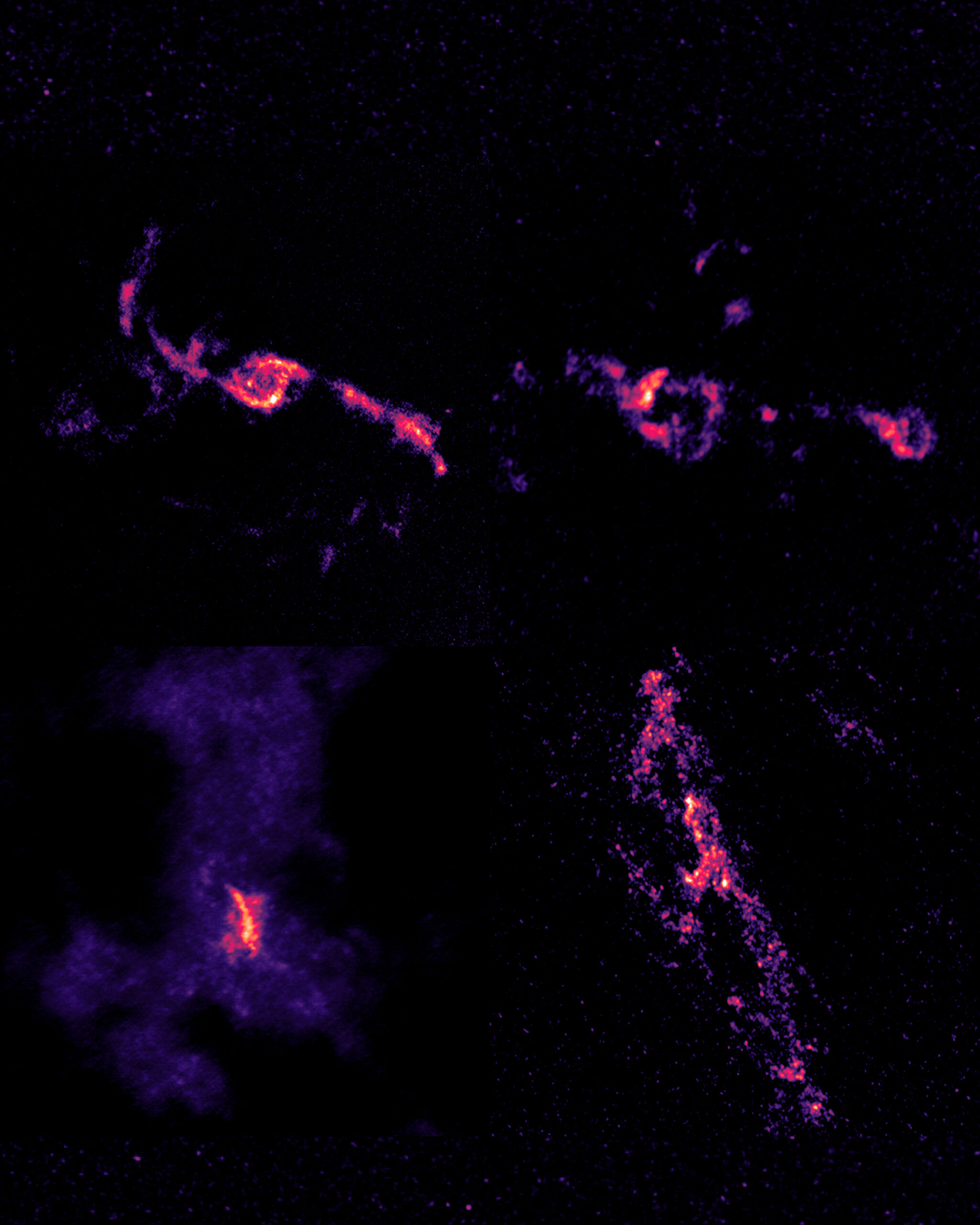 Publicado el: 22/12/2025International study reveals that black holes feed selectively
Publicado el: 22/12/2025International study reveals that black holes feed selectively -
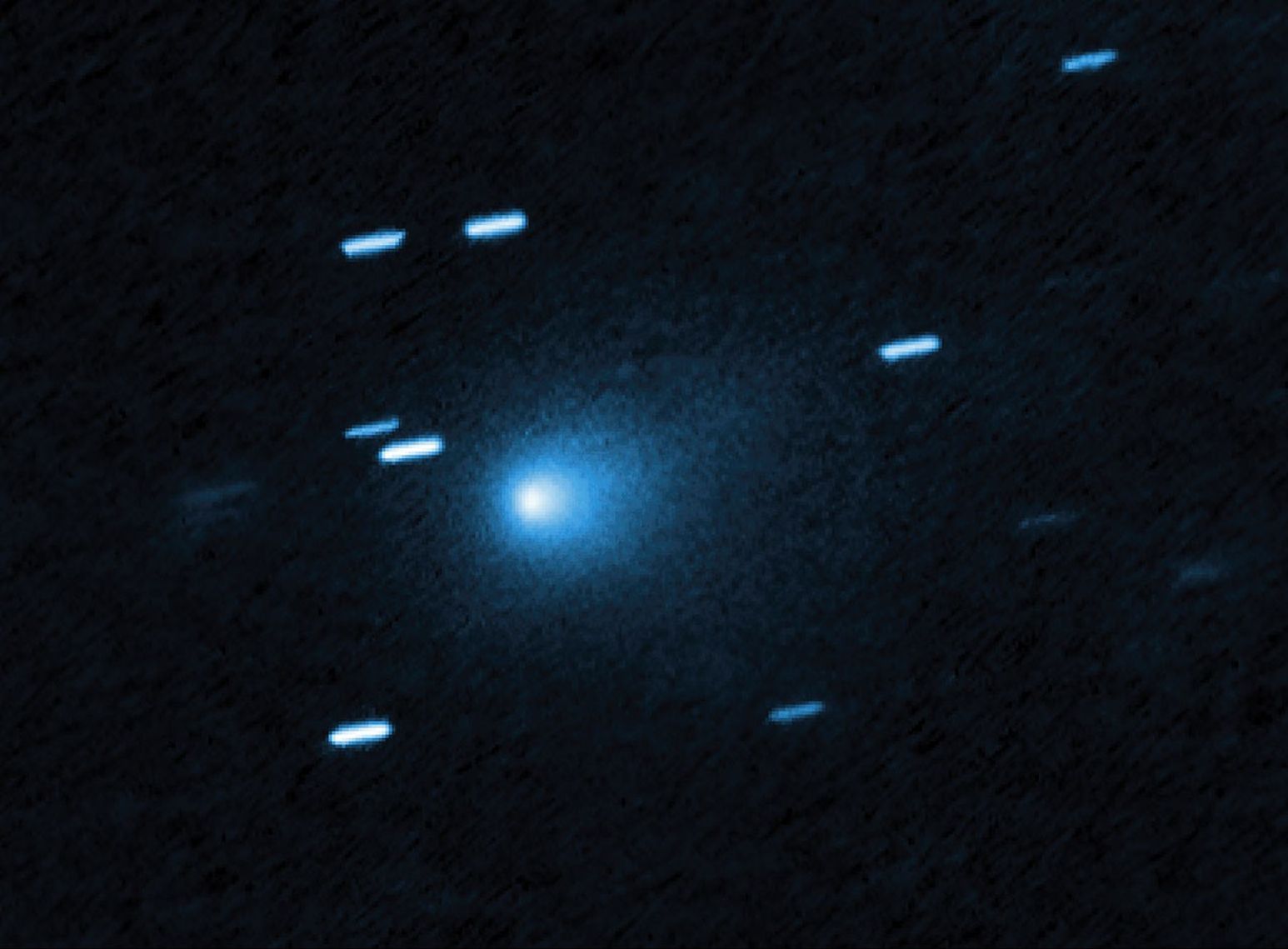 Publicado el: 20/12/20253I/ATLAS: the interstellar comet approaching Earth and what is known about it
Publicado el: 20/12/20253I/ATLAS: the interstellar comet approaching Earth and what is known about it -
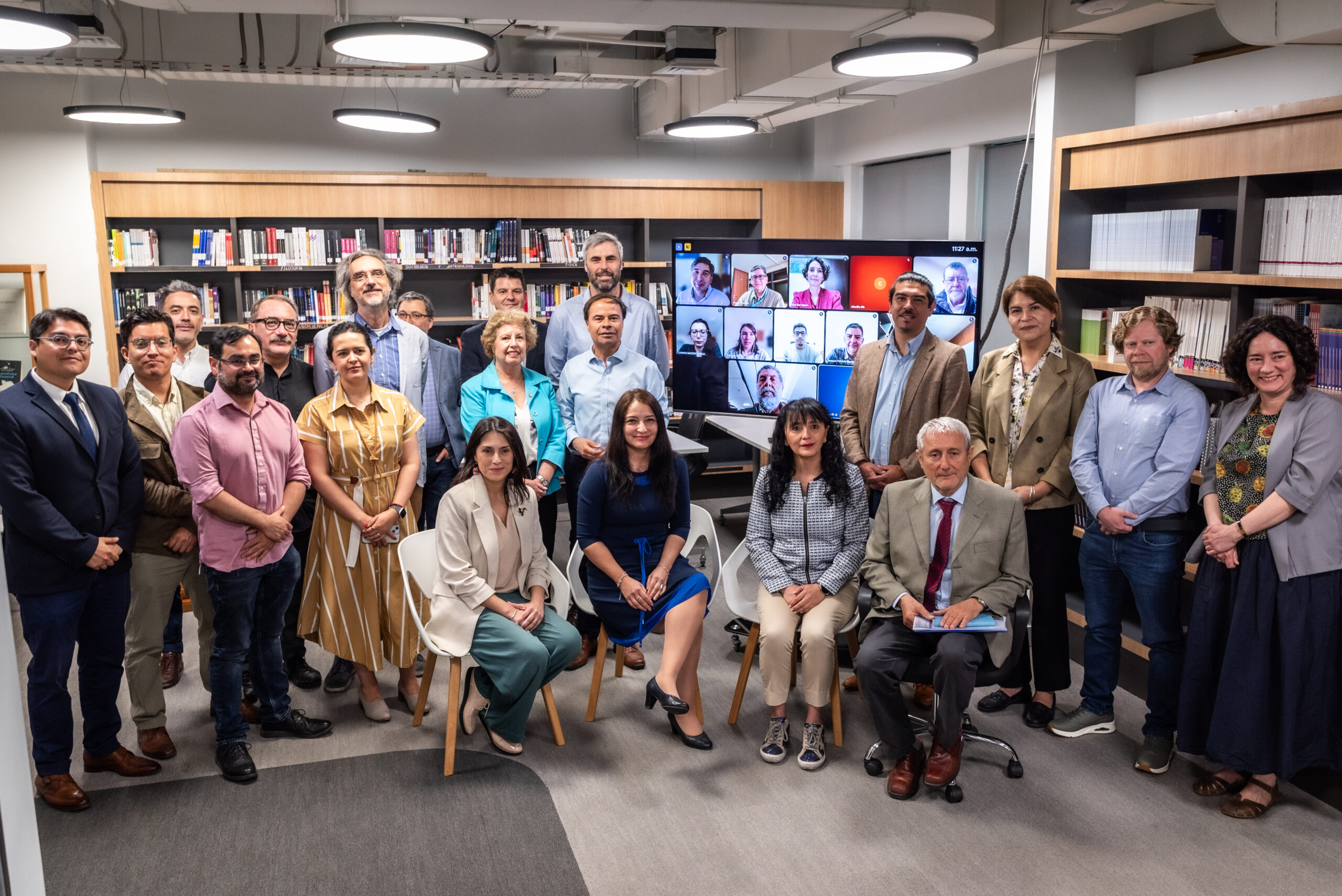 Publicado el: 18/12/2025Ministerial Advisory Committee for Astronomical Observation submits its final report
Publicado el: 18/12/2025Ministerial Advisory Committee for Astronomical Observation submits its final report -
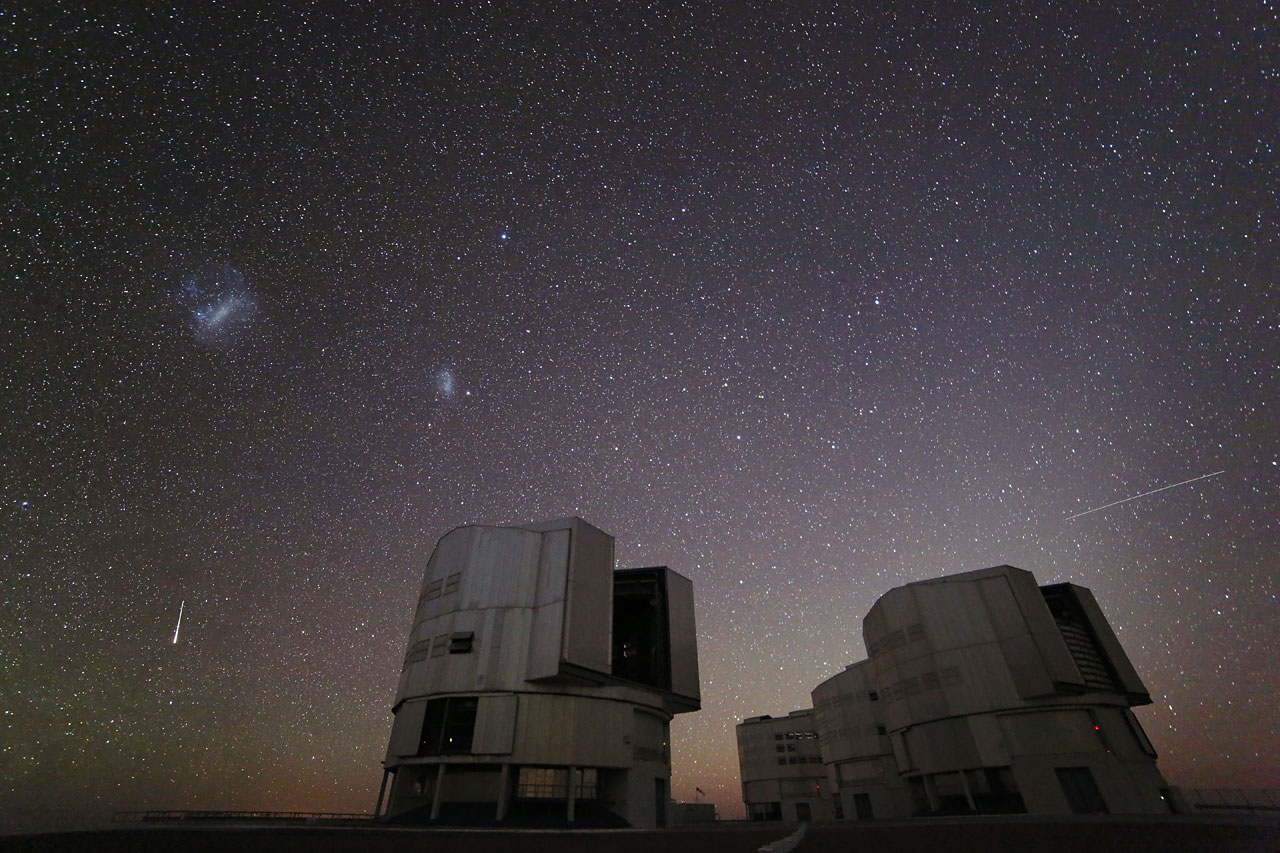 Publicado el: 13/12/2025Geminids 2025: facts and how to observe the last meteor shower of the year
Publicado el: 13/12/2025Geminids 2025: facts and how to observe the last meteor shower of the year -
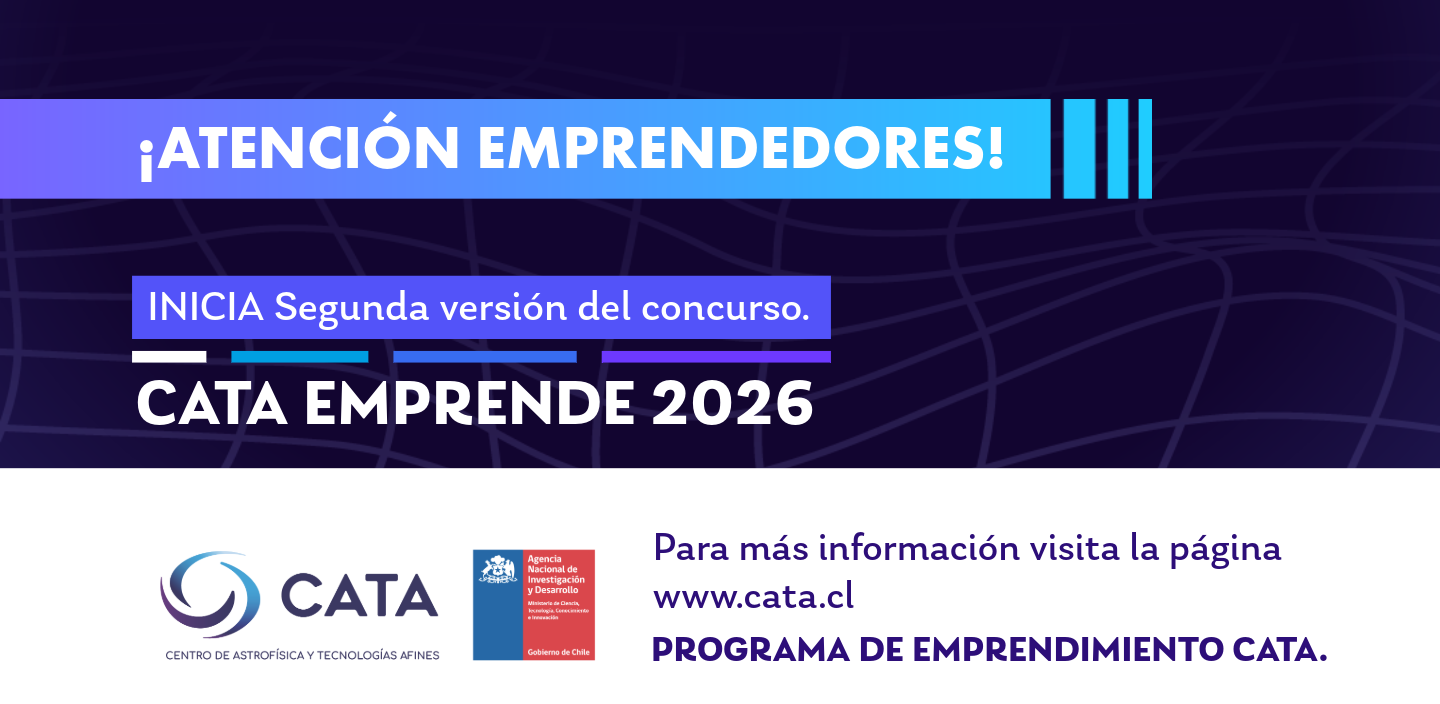 Publicado el: 12/12/2025Call for applications for the CATA Emprende 2026 program now open
Publicado el: 12/12/2025Call for applications for the CATA Emprende 2026 program now open
Categories list
- Acknowledgments 21
- Astrobiology 6
- AstroCluster 1
- Black holes 20
- Corporativo 58
- Cosmology 5
- Descubrimientos 23
- Disclosure 74
- Exoplanets 14
- Extension 7
- Galaxies 22
- Galaxies formation 6
- Inter y Transdisciplina 4
- Local Universe 17
- Publications 6
- Sin categorizar 34
- Solar System 23
- Stellar formation 8
- Technology 16
- Technology Transfer 18
